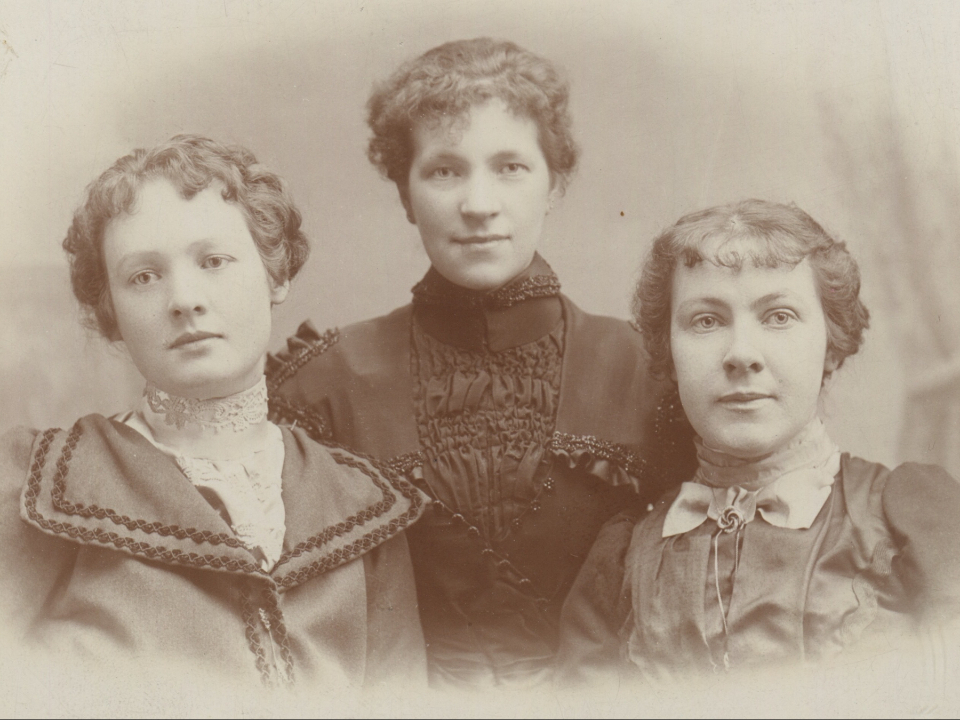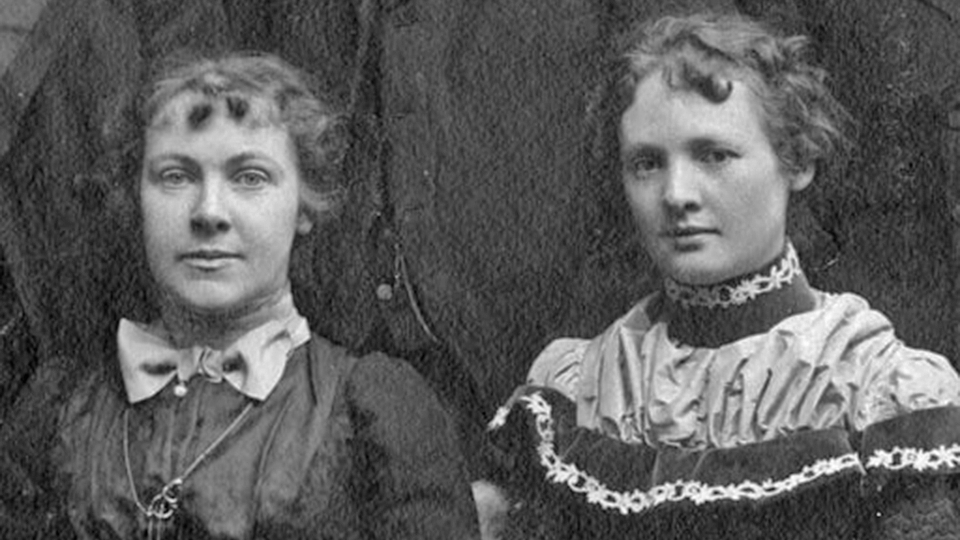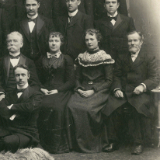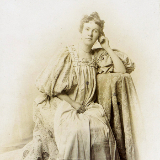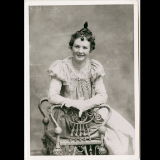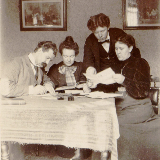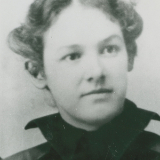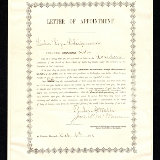| Scottish Latter-day Saint Lizzie Nelson, who frequently accompanied the missionaries to church meetings and on other outings, stands between missionaries Josephine Booth (left) and Eliza Chipman. Studio portrait by the Hampton Photo Studio, Glasgow, March 7, 1900, courtesy of Church History Library. 2024 by Intellectual Reserve, Inc. All rights reserved. | 1 / 12 |
The Church Historian’s Press has digitally published the diaries of Eliza Chipman and Josephine Booth, two of the first young women called to serve as full-time missionaries for The Church of Jesus Christ of Latter-day Saints 125 years ago.
The journals and accompanying materials are available online at churchhistorianspress.org/early-sister-missionaries. The announcement was made Tuesday, March 19, 2024, at the Church History Library in Salt Lake City. The website includes images, biographical information select people mentioned in the journals, maps that show where they served and traveled, and other related sources.
“There are a lot of really interesting touch points with women’s history, and with Latter-day Saint women’s history generally, going on with these journals,” said Lisa Tait, a manager and women’s history specialist with the Church History Department. Publishing the journals is “a reflection of the Church History Department’s ongoing commitment to highlighting the voices and experiences of Latter-day Saint women.”
Chipman and Booth were pioneering figures who served as missionary companions in Scotland. Chipman was the second companion of Inez Knight. In 1898, Knight and her friend Jennie Brimhall became the first young single women ever called to serve as missionaries for the Church. Booth was Chipman’s second companion. This first cohort of sister missionaries paved the way for the tens of thousands of women who would follow.
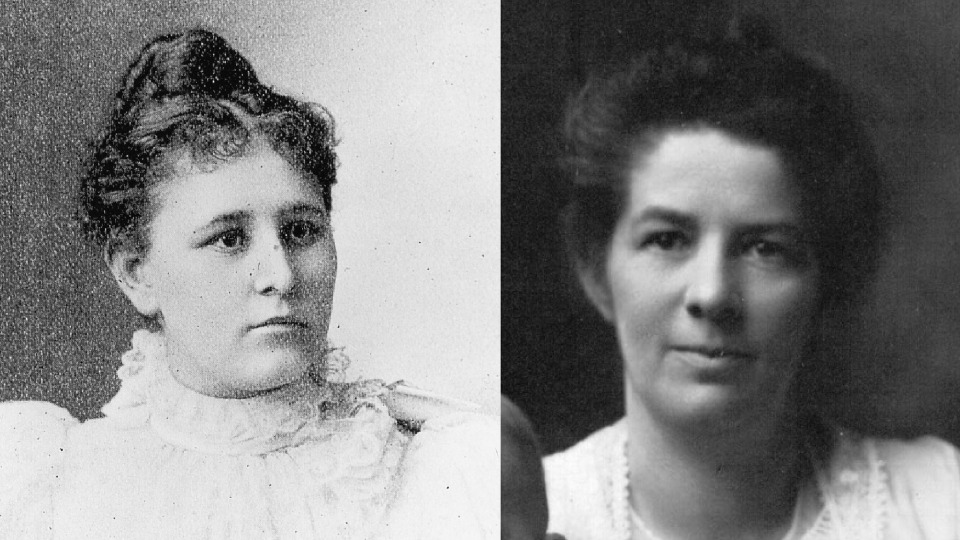
First sister missionaries
Portraits of Amanda Inez Knight (left) and Jennie Brimhall. In 1898, the two friends became the first young single women ever called to serve as missionaries for The Church of Jesus Christ of Latter-day Saints. 2024 by Intellectual Reserve, Inc. All rights reserved.In 2012, the Church’s First Presidency lowered the age of eligibility for sister missionaries to nineteen years. Since then, women have stepped forward in greater numbers to preach the gospel in every corner of the world. More than 10,000 young Latter-day Saint women are now serving full-time missions.
According to a press release on the Church Historian’s Press website, these two significant journals provide a detailed view of the Latter-day Saint missionary experience at the turn of the twentieth century. Modern-day missionaries will quickly recognize just how much that experience has changed in the intervening century. For example, missionaries no longer work independently of their companions, take brief personal trips, teach in mixed-gender pairs, or participate in secular entertainment. Today’s missionaries also use a more uniform teaching approach than their predecessors.
On the other hand, many aspects of Chipman’s and Booth’s experience will resonate with today’s readers: frequent rejection, tension between companions with different personalities, anxiety about speaking frequently in public, the excitement of experiencing a new place and culture, and the joy of helping others draw closer to God.
Booth recorded this relateable experience: “After I came home I quarreled at sister C [Chipman] until I made her feel bad and then asked her forgiveness which she would not grant and we concluded by both going to bed and sulking. The storm was over in the morning” (October 24, 1899).
The journals provide two points of view of young women experiencing the same things on their mission, explained Matthew McBride, director of publications for the Church History Department, during Tuesday’s announcement event. A panel of Church historians shared details from the journals, which are unique McBride explained because of the age and skill of the writers and the details they shared that show their sense of humor, personalities and personal growth as young adults.
“Missionary journals in general are an important source for understanding the Church and how it has changed over time. They are also important for understanding the experience of young adults in the Church,” he said. “These are two of the earliest women to serve in this capacity, and their experience tells us a lot.”
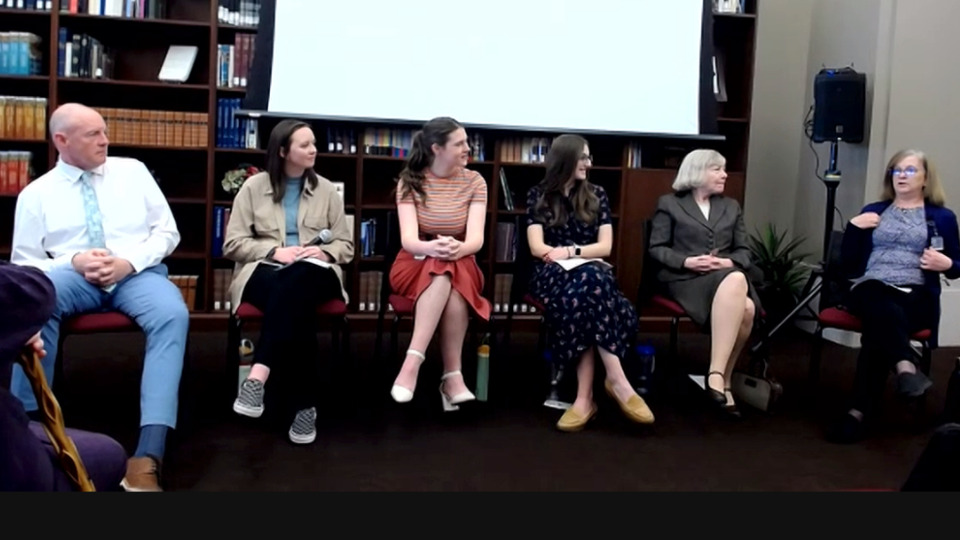
Early sister missionaries
Matthew Mcbride, director of publications for the Church History Department, and a panel of historians from the Church History Department share details and significance of the diaries of Eliza Chipman and Josephine Booth, two of the first young women to serve as full-time missionaries for The Church of Jesus Christ of Latter-day Saints, during an event announcing the digital publication of the diaries at the Church History Library in Salt Lake City on March 19, 2024. 2024 by Intellectual Reserve, Inc. All rights reserved.One obstacle the women missionaries faced was opposition due to untruths in circulation about the Church. They distributed pamphlets as a way to share correct information and wrote brief explanations that were published in local newspapers. They also participated in street meetings, often facing hecklers, one of which Chipman referred to in her August 9, 1899, entry as a “fiendish opposer.”
McBride wrote about Booth’s experiences in an August 2015 “Ensign,” article. “She often wrote of being exhausted spiritually and physically by her work. Yet after a successful conversation she would feel ‘quite happy, as I always do when I find some one willing to listen’ “Josephine Booth: Sister Missionary to Scotland”).
Chipman’s August 21,1899, journal entry states, “Went tracting. Gave out 50 tracts. Received three conversations. Climbed 530 steps. Had 4 refusals. Come home tired out. Went to evening meeting which was held on Cathedral Sq. I was the last speaker.”
The women pioneered and promoting the role of women in missionary work, facing curiosity and often opposition among the crowds and individuals they encountered.
Booth wrote about arriving at their boarding house to find “a fine stately looking elderly lady” waiting for them who “had heard we were mormon’s, and as she was very curious to see some real live Mormons she came to have a look at us” (December 14,1899, journal entry).
“There are a lot of really interesting touch points with women’s history, and with Latter-day Saint women’s history generally, going on with these journals,” Tait said.
Chipman wrote about a conversation with a woman she met while tracting “who showed fourth a very bitter feeling, not that we were Mormons .... She thought it a dreadful affair for us to go out from door to door ... ‘the place for the likes of you is at home, the men can do this work,’ said she” ( February 1,1899, journal entry).
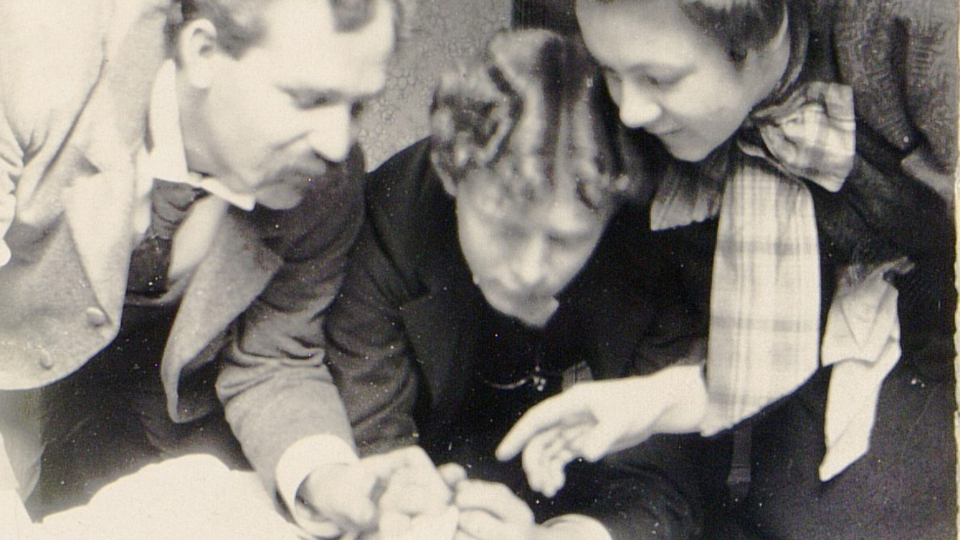
Early-sister-missionaries
John R. Hindley (left), Joseph R. Squires, and Eliza Chipman look for fleas after shaking them off their clothing onto a sheet, circa 1898. Chipman and her missionary companion Josephine Booth remarked often on their struggles with the tiny parasites. “O, for a something to put an end to fleas!” Chipman wrote on August 15, 1899. Photo courtesy of the Church History Library.2024 by Intellectual Reserve, Inc. All rights reserved.“Reflecting on her service as a missionary,” McBride wrote, “Josephine, like some missionaries, struggled with feelings of inadequacy, but she overcame them with the Lord’s support. ‘In [God’s] mercy he forgives and loves me, because I want to be his daughter in very deed’” (“Josephine Booth: Sister Missionary to Scotland”).
Chipman’s descendants donated her three journal volumes and other papers to the Church History Department in 2017. Booth’s two journal volumes were donated to the Church History Library by her granddaughter, Linda Andrews, of Salt Lake City, Utah, in 2001. Andrews attended Tuesday’s event at the Church History Library.
The Church Historian's Press
“Our hope is to make the website a premier destination for research on Latter-day Saint history,” said McBride. “One way we do this is making important primary sources available, accessible and searchable.”
The website already features significant diaries such as those of Emmeline B. Wells and George Q. Cannon.
“We are also working on improvements to the website, including an updated search that will make it more useful to scholars and others,” McBride added.
Significant publications about women’s history already featured on the site include:
The Church Historian’s Press was announced in 2008 by the Church History Department of The Church of Jesus Christ of Latter-day Saints. The Joseph Smith Papers was the first publication to bear the imprint. The press publishes works of Latter-day Saint history that meet high standards of scholarship. For more information,visit the Church Historian’s Press website.
